 So, I got HBOMax, finally. This is good, as there are a pile of shows I want to watch, and bad, as where will I find the time? But the tipping point, of course, was the release of WW84[1]. If you are looking for a comics movie that leans really hard into the four-color aesthetic and into being a comics movie, look no farther!
So, I got HBOMax, finally. This is good, as there are a pile of shows I want to watch, and bad, as where will I find the time? But the tipping point, of course, was the release of WW84[1]. If you are looking for a comics movie that leans really hard into the four-color aesthetic and into being a comics movie, look no farther!
I said (unless someone else did, but I’m pretty sure I did too) that Into the Spiderverse was the first movie I’d seen that felt like reading a comic, and that is still true. Nevertheless, there have been plenty of MCU movies that lean really hard into both the comics aesthetic (anything with Thor) and comics sensibilities (anything with Peter Quill). But this is the first DC movie I’ve seen that did so.
It’s not that the plot didn’t make sense, like I’ve heard plenty of people claim. It hung together quite well, start to finish, with only one big complaint on my part[2]. But everything that happens relies of accepting that the logic of comic books is not the logic of the real world. Things happen that are not really magic, which is what a lot of people rely upon to suspend disbelief; instead things happen that rely on accepting that comics science is not the same as our science (much less when you mix science and magic together!), and that is maybe a harder proposition.
In a nutshell: what if we fast forward Diana to, say, the ’80s, where she is working at the Smithsonian on the strength of her knowledge of artifacts and like 130 languages (living and dead), and also she still isn’t over Steve Trevor yet 70 years later? And then she runs into a magic rock at the same time that a mousy new co-worker and an oil tycoon with a secret also run into said magic rock? And then the writers lay down a righteous comic book plot over these facts, with nary a care in the world for if it could even mildly happen or be fixable back to some kind of status quo that allows her to show up in Dawn of Justice even if it could happen in the first place?
In the end, that kind of thing either makes you want to punch some writers, or it’s your bread and butter. It wasn’t particularly good, but it was pretty damned amazing.
[1] Weird thing, with weird corollary. The movie is never referenced in any way besides WW84, at the start and end. Likewise, Diana Prince has never been referenced as Wonder Woman in either of these movies. Was she in her other DCCU appearances? I have literally no way of knowing!
[2] And that was more science-based than plot. Technically a spoiler: if you are going to electrocute someone for something, then you have to electrocute them for doing something equally electrocutable 30 seconds earlier, or else you don’t get to electrocute them now! Consistency, that’s all.
 After three previous movies, one of which I didn’t see, the second of which I liked pretty well[1], and the third of which I liked less, since it was so closely related to that first movie I never saw… after all those movies, it was inevitable that I would eventually see the capstone movie where the two main titans clash it out[2].
After three previous movies, one of which I didn’t see, the second of which I liked pretty well[1], and the third of which I liked less, since it was so closely related to that first movie I never saw… after all those movies, it was inevitable that I would eventually see the capstone movie where the two main titans clash it out[2].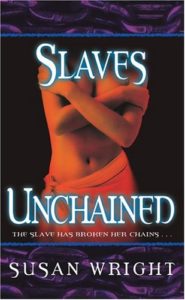 I started reviewing things here in September of 2004. The first two books of the Slave Trade trilogy were published in 2003, and
I started reviewing things here in September of 2004. The first two books of the Slave Trade trilogy were published in 2003, and 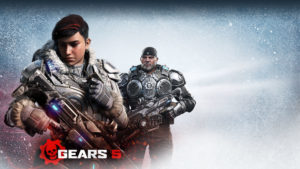 Back at the dawn of time, I played
Back at the dawn of time, I played 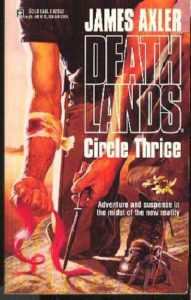 Nearly a year since the last Deathlands. Oops? But between a global pandemic and a new son, I’ve had things going on. …boy howdy. Things.
Nearly a year since the last Deathlands. Oops? But between a global pandemic and a new son, I’ve had things going on. …boy howdy. Things.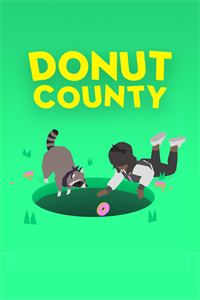 The thing about
The thing about 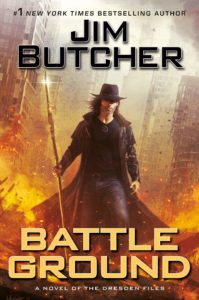 I have logistical thoughts about
I have logistical thoughts about 
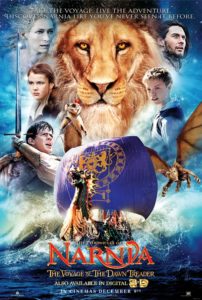 After recently rewatching the other two Narnia movies[1], I have now proceeded to watch for the first time
After recently rewatching the other two Narnia movies[1], I have now proceeded to watch for the first time  So, I got HBOMax, finally. This is good, as there are a pile of shows I want to watch, and bad, as where will I find the time? But the tipping point, of course, was the release of
So, I got HBOMax, finally. This is good, as there are a pile of shows I want to watch, and bad, as where will I find the time? But the tipping point, of course, was the release of  It’s not uncanny valley levels of weird, but it is nevertheless weird to see digital animation versions of real actors that you are already very familiar with. To wit, Cal Kestis, who is played by the Joker from Gotham and one of the Gallagher kids on Shameless. And he’s, like, just extremely recognizable, both character and voice. And in
It’s not uncanny valley levels of weird, but it is nevertheless weird to see digital animation versions of real actors that you are already very familiar with. To wit, Cal Kestis, who is played by the Joker from Gotham and one of the Gallagher kids on Shameless. And he’s, like, just extremely recognizable, both character and voice. And in